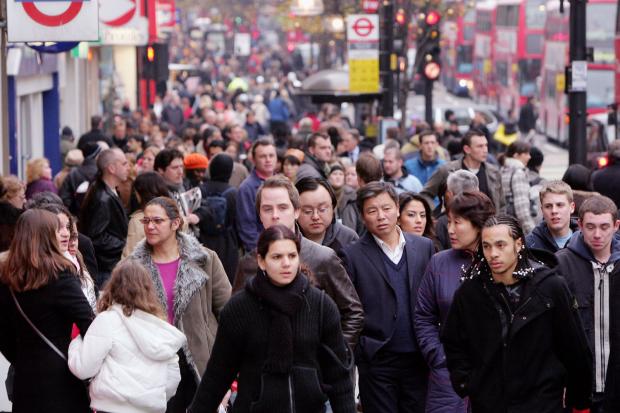-
Tips for becoming a good boxer - November 6, 2020
-
7 expert tips for making your hens night a memorable one - November 6, 2020
-
5 reasons to host your Christmas party on a cruise boat - November 6, 2020
-
What to do when you’re charged with a crime - November 6, 2020
-
Should you get one or multiple dogs? Here’s all you need to know - November 3, 2020
-
A Guide: How to Build Your Very Own Magic Mirror - February 14, 2019
-
Our Top Inspirational Baseball Stars - November 24, 2018
-
Five Tech Tools That Will Help You Turn Your Blog into a Business - November 24, 2018
-
How to Indulge on Vacation without Expanding Your Waist - November 9, 2018
-
5 Strategies for Businesses to Appeal to Today’s Increasingly Mobile-Crazed Customers - November 9, 2018
Migration remains well above Government target
“None of the headline changes are statistically significant and although immigration and net migration show small decreases, these reductions are in comparison with record level estimates a year ago; overall the trend at present seems broadly flat”, the official research body said.
Advertisement
Net migration to the United Kingdom remained close to record levels in the 12 months through March, underlining the continuing pressure on Prime Minister Theresa May to curb freedom of movement for workers in a post-Brexit deal with the European Union.
In the previous set of figures, net migration – the difference between the numbers arriving to and leaving the United Kingdom – was an estimated 333,000 in the year to December. Restrictions on people from the two countries working in the United Kingdom were lifted in 2014.
There is scepticism concerning the prospects of bringing net migration below 100,000, a survey for British Future suggested.
According to the ONS, work remains the most common reason for long-term immigration (303,000), with 176,000 of these coming with a definite job to go to and 127,000 looking for employment.
“Today’s EU net migration figures of 180,000 are to be expected and is evidence of the growing fear among EU citizens, leading up to the EU referendum, that the UK door could close on them soon – a fear that still remains”, Jonathan Beech, Managing Director of Migrate UK told Business Insider in an email.
The figures are the first to be released since Britain voted to leave the European Union in June’s referendum, though do not cover the date of the vote itself.
“The influx of Romanians and Bulgarians has also reached a new high, although that’s off-set by falls in non-EU immigration and from other central and eastern European countries”.
Non-EU net migration in the latest period was 190,000, compared with 200,000 in the previous year.
“Work remains the main reason for migration, followed by study which has seen a significant fall in the number of people coming to the United Kingdom for education”.
In the year to June 2015 the number hit a record high of 336,000, more than three times the “tens of thousands” level promised by May’s predecessor David Cameron.
The figures, however, cover only “long term” migration.
Think-tank British Future said the British public’s expectations of curbs on low-skilled migration must be met.
Advertisement
“Theresa May will want to get away from the quarterly embarrassment of the net migration statistics now that she’s Prime Minister”. It called on the United Kingdom government to involve the public in the review as far as possible, and also to make more effort to extol the benefits of immigration. Leaving the European Union will have a major impact on nearly all aspects of immigration policy. “Until we know what Brexit looks like, no one can sensibly predict what immigration levels would be best for Britain”.





























